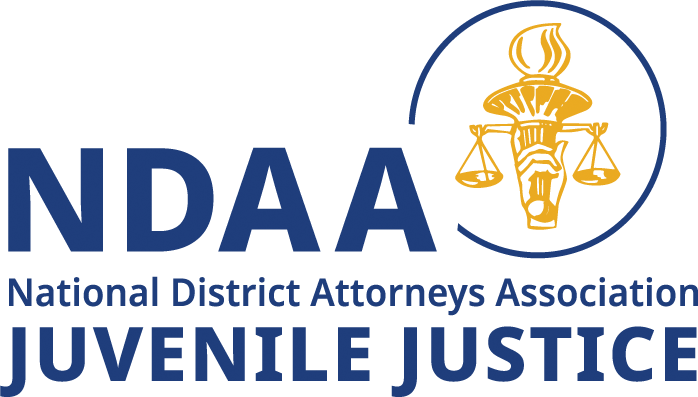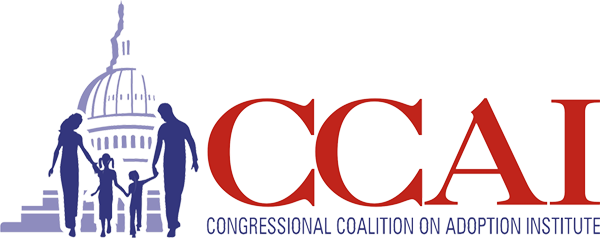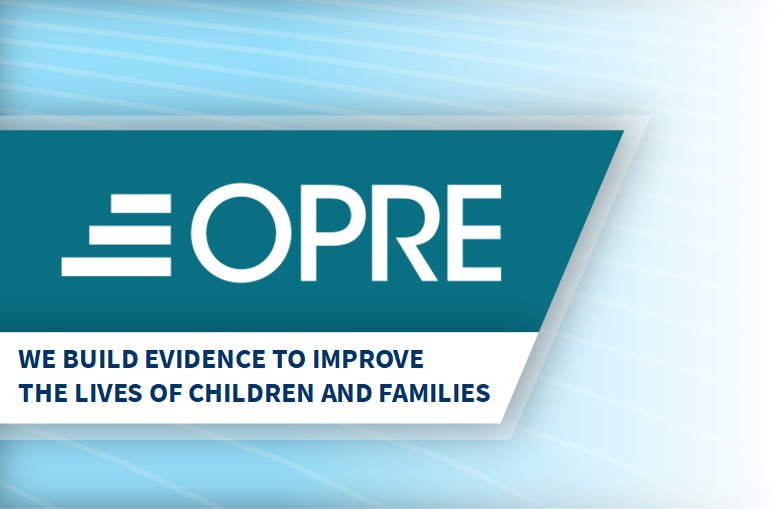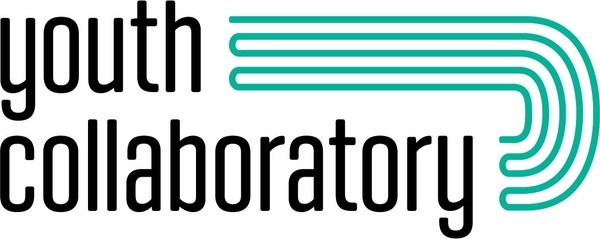Rainbow Railroad’s primary goal is to assist LGBTQI+ individuals to move to safer locations as quickly as possible, and the individuals seeking our assistance must be centered in all aspects of this work. This requires a multifaceted approach that involves … Read More
Interdisciplinary


NDAA Juvenile Prosecution Principles and Guidelines
Purpose These policy positions were developed to strengthen and support the work of juvenile prosecution. They are designed to be read in conjunction with NDAA’s National Prosecution Standards, Fourth Edition (2023), Section V, Juvenile Justice. While every state has its … Read More

Global Report on Early Childhood Care and Education
The Right to A Strong Foundation Executive summary The world is not on track to achieve Sustainable Development Goal (SDG) 4 and ensure inclusive and quality education and lifelong learning opportunities for all. Education, starting with early childhood education, is … Read More

Roots of Support Building: Building Infrastructures to Support Children and Families In the Child Welfare System
BUILDING BRIDGES: STRENGTHENING KINSHIP CARE FOR FOSTER YOUTH WITH COMPLEX NEEDS Research is clear that children fare best when they are kept with families. Kinship care, involving placements with relatives or familiar individuals, offers young people the opportunity to remain … Read More

Navigating Foster Care: How Parental Drug Use and Caregiver Attitudes Shape Children’s Mentalization Processes—an Exploratory Longitudinal Follow-up Study
Introduction Foster care is government-subsidized and -regulated temporary care for children who have been removed from their families for reasons of abuse and neglect. Children can be placed either in family or residential care. While family foster care includes arrangements … Read More

Instability in Foster Care: How Transitions Into and Out of Foster Care Relate to School Discipline
The goal of the foster care system is to protect children from maltreatment, neglect, and abuse by removing them from unsafe home environments to temporarily place them in family-like settings until a safe, permanent home is found (U.S. Department of … Read More

Building Family Inclusive Youth Services
Family Involvement: Supporting Young People’s Circle of Care For many of us, our family is an important source of emotional support and feelings of belonging and safety. This can be especially true for young people as they manage the transition … Read More

A Snapshot of States’ Child Welfare Data Systems of Record
What is the status of states’ systems of record? We asked states to describe the child welfare information system that staff use to report to the National Child Abuse and Neglect Data System (NCANDS). We refer to this system as … Read More

Offering Walk-in Counselling as a Low-Barrier and Accessible Service for Youth
A Struggle to Access Youth‑Centred, Timely and Integrated Care Across Canada, youth are experiencing the highest rates of mental illness of any age group. The COVID-19 pandemic, drug toxicity crisis, climate change and rise in anti-2SLGBTQIA+ hate are just a … Read More

Guide To Authentic Youth Leadership and Collaboration
Introduction This guide was created for youth and young adult leaders, catalysts, and advocates – as well as the adult collaborators that support this work. Although not all-encompassing, it is meant to serve as a template for developing and sustaining … Read More
